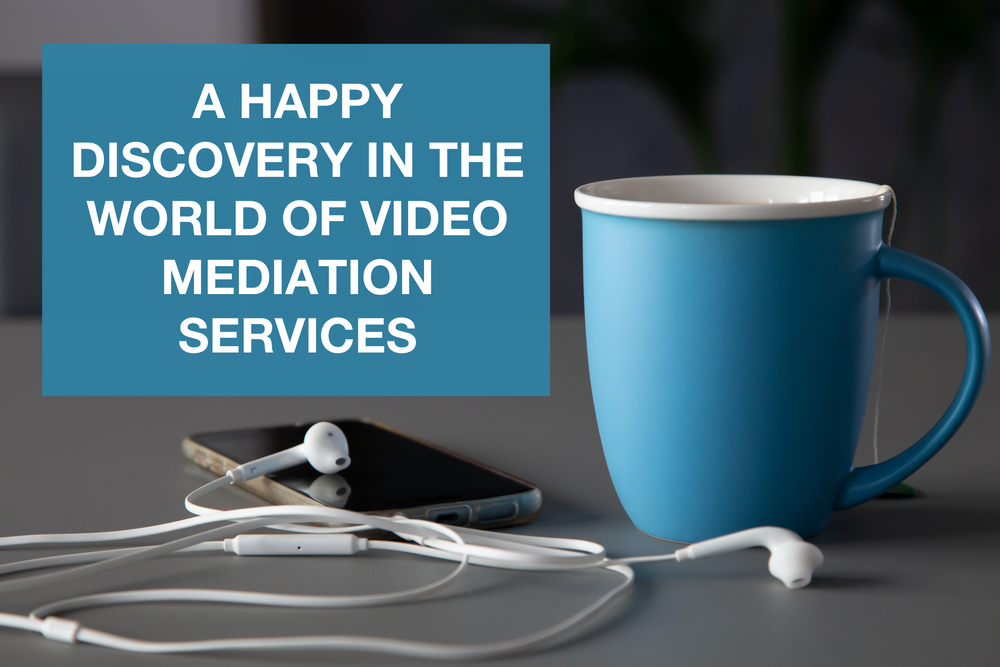When Australia went into Covid-19 lockdown and family dispute resolution jumped into the world of video mediation services many practitioners found themselves asking ‘Will it be as good?’
Having worked for many years in cutting edge online learning I never doubted that it can be. But in this time when video mediation services have moved from an occasionally used option, to very much ‘the norm’, I’ve had the wonderful discovery that in some cases it’s not just ‘as good’ – it’s better!
What are video mediation services?
In a video mediation the mediator and the participants meet in a video-conference ‘room’ rather than at the same physical location. At the moment video mediation is being used extensively, to limit the Covid-19 risks associated with in person interactions. Prior to Covid-19 video-conferencing was used by mediators less commonly – typically where the parties lived far apart, or if there were health or safety issues which made meeting in person problematic.
As with in-person mediations, video mediations can be conducted in many different ways. Sometimes the mediator will have a series of separate video-conference conversations with each person. Other times the mediator will bring everyone into the same virtual room to speak together. Screen-sharing capabilities within video-conferencing apps also allow the mediator to bring a virtual ‘whiteboard’ into the mediation room.
Waiting is easier in your own space
When mediations are conducted face to face people sometimes all sit in the same room. Other times a ‘shuttle mediation’ approach is used, where participants stay in separate rooms and the mediator moves between the rooms. One of the challenges in shuttle mediation is that while I’m talking with one person, the other person is sitting by themselves in a room in my office. This waiting time goes very slowly for them. If they’re feeling anxious or upset, these feelings can build as they wait. I often find people more stressed when I arrive in their room than they were when I left.
The waiting times work very differently for people when a shuttle mediation is being conducted through video mediation services because they’re in their own homes. While I’m talking to one person the other person can make a cup of tea, hang out in their garden, bake a cake or get some exercise. I’ve even had a client who used these breaks to get his house cleaning done! On my end what I’m noticing is that people are much more focused when I join them for their next piece of conversation. Sometimes they’re even calmer than when I left them. And it seems I’m not the only one observing this phenomenon. A recent Covid-19 Issues Paper by Professor Bruce Smyth, Adjunct Professor Lawrie Moloney, Jackie Brady, Judge Joe Harman and Dr Marian Esler observed that practitioners working with clients remotely are finding that ‘some clients feel very comfortable in interacting ‘on their own turf’’.




